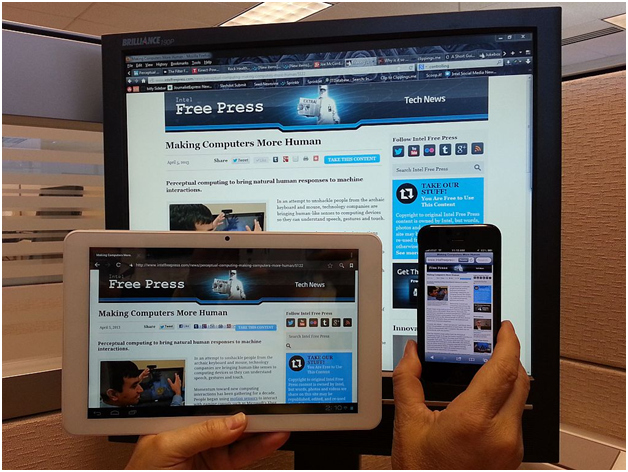Digital Trends in 2017: Is SEO still the same?

Ever since the beginning of the Internet, having a website meant being as visible as possible, and while that worked pretty well when the Internet was a small and underpopulated space, it started becoming more and more difficult as the number of websites increased. Fast forward to modern days, the easiest way of finding someone’s website is by reaching to your search engine of choice and typing a few relevant keywords, which should bring you to that site… or its competitor. Search Engine Optimization, or SEO for short, was always about optimizing a website to associate it with certain keywords and making it easily discoverable via search engines, and as the number of existent sites available for every niche evolved, so did SEO. Here is how SEO changed in time.
Content is king!

Having high-quality relevant content is the absolute number one entry on your SEO-related to-do list. After all, that’s why a visitor is encouraged to visit your website – to learn more about your services, products, or whatever it is your website is focused on.
Written content was always one of the most bulletproof methods of having good SEO rankings, but even this changed in time. At the beginning, a solid emphasis was put on short texts, and the idea that people are always in a hurry. Texts and articles were usually short and sometimes keyword-stuffed, but that really worked: search engines noticed that sites had a high density of a certain keyword, so they assumed that the content was relevant to that keyword and topic, and thus rewarded the site in question with good rankings. This tactic, known as keyword stuff, became frowned upon at some point, as people were abusing it by creating meaningless texts full of keywords that provided no real value to the reader, so search engines started ignoring keyword-stuffed content.
Lengthy articles became the norm at some points when Google’s algorithm became smart enough to be able to thoroughly analyze a text. Other metrics such as the amount of time a visitor spent on a page were also used as indicators of the quality of the text, so lengthy texts that covered certain topics in high detail became trendy.
Nowadays, search engines got even smarter and can analyze all sorts of content, whether short or long and assess its value.
The Future is Mobile

When mobile browsing started gaining traction, it posed a dilemma SEO-wise – site owners had to slim down their websites in order to make them navigable via mobile devices, which usually meant reworking the content, which in turn translated into less content to optimize, and ultimately lower SEO rankings.
Luckily, Google provided a superb compromise solution in the form of the Google AMP service. Simply put, AMP (short for Accelerated Mobile Pages) was an initiative aimed at increasing page load times on mobile devices by creating slimmed-down versions of a page and loading it into the cloud. AMP optimized pages were known to load up to 30 times faster than regular mobile pages, but the trick was that a page needed to get validated to become AMP-ready, which meant the site and page in question underwent a review. This was great news for legitimate businesses and site owners, as they ended up on the winning end of the deal by having a page that’s very fast to load on mobile and also highly SEO optimized, as AMP pages were ranked better in search engines.
The mobile-friendly approach is still popular and growing in 2017, as more and more people are browsing the web using mobile devices. Google already provided some clear clues that the future belongs to the mobile, and that mobile-friendly pages will be favored in SEO rankings moving forward, so if your website is not mobile-optimized, now is a good time to get onboard on the mobile bandwagon.
The Future is Natural

While in the beginning ranking good in the SEO department meant having the right keywords, which sometimes were cryptic terms that felt robotic and unnatural, things are heading in the complete opposite direction now. A major change was brought by the rise of mobile browsing, as not only did it change the way sites are accessed and displayed, but it also changed the way they are searched for in one major way: by introducing intelligent virtual assistants.
When Siri, Cortana and Google Now entered the scene, they changed the way we search for stuff by allowing us to use a more natural approach and making more instinctive requests. This, paired with the power of machine learning, allows those assistants to work their magic combined with search engines and their complex algorithms, and bring up the most relevant results based on a very wide array of factors.
SEO techniques are becoming blurry, but the best SEO tactic always was and will be to have quality content and you can be sure that it will not go unnoticed.

